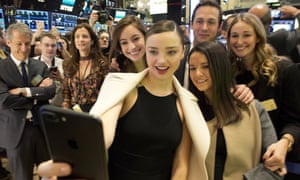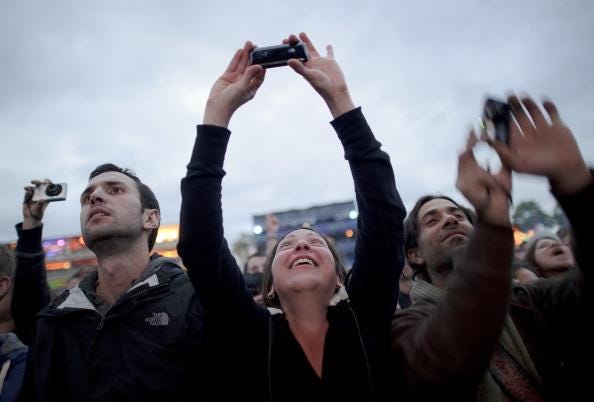Collective Identity
1) List five brands you are happy to be associated with and explain how they reflect your sense of identity.
- Nike- The types of clothes I wear, shows I value hoodies and shoes
- DC- Shows the creative aspect of me
- KFC- A sense of family, and belonging
- Warner Bros- Value high quality films with unique story-telling
- Instagram- Moving with the times
2) Do you agree with the view that modern media is all about 'style over substance'? What does this expression mean?
This expression tends to mean that the person debating the case is presented to take the conclusion as true rather than false.
3) Explain Baudrillard's theory of 'media saturation' in one paragraph. You may need to research it online to find out more.
Media saturation is basically the overload of many media texts and platforms all operating in the media market. Things like e-mail, Facebook, Twitter and Instagram all add to this highly saturated media platform where there are simply way too many (and more are still flowing through) this one e-media platform; the internet.
4) Is your presence on social media an accurate reflection of who you are? Have you ever added or removed a picture from a social media site purely because of what it says about the type of person you are?
I believe that my social media portrayal is accurate to my real-self. This is partly due to the fact that I am inactive on social media, and i'll post when I am doing something worth sharing rather than daily posting, looking for new ways to present my life. I think this is the same for many people in education and well as adults, people tend to do 'on the go' photos which show the realism of the persons life and what they do on a daily basis.
5) What is your opinion on 'data mining'? Are you happy for companies to sell you products based on your social media presence and online search terms? Is this an invasion of privacy?
Media saturation is basically the overload of many media texts and platforms all operating in the media market. Things like e-mail, Facebook, Twitter and Instagram all add to this highly saturated media platform where there are simply way too many (and more are still flowing through) this one e-media platform; the internet.
4) Is your presence on social media an accurate reflection of who you are? Have you ever added or removed a picture from a social media site purely because of what it says about the type of person you are?
I believe that my social media portrayal is accurate to my real-self. This is partly due to the fact that I am inactive on social media, and i'll post when I am doing something worth sharing rather than daily posting, looking for new ways to present my life. I think this is the same for many people in education and well as adults, people tend to do 'on the go' photos which show the realism of the persons life and what they do on a daily basis.
5) What is your opinion on 'data mining'? Are you happy for companies to sell you products based on your social media presence and online search terms? Is this an invasion of privacy?
I do think that data mining can be a good thing, as it helps the products find you rather than you find them. However the question of privacy is what makes people concerned, although it is a feature that helps the consumer, it also brings forth this idea of spying and losing privacy. For me, I generally do look at the things that are featured on the side bar as it actually does fit my interest for example, a new VFX pack, or clothes from a store which is having a sale on a product I have been frequently been viewing etc.


